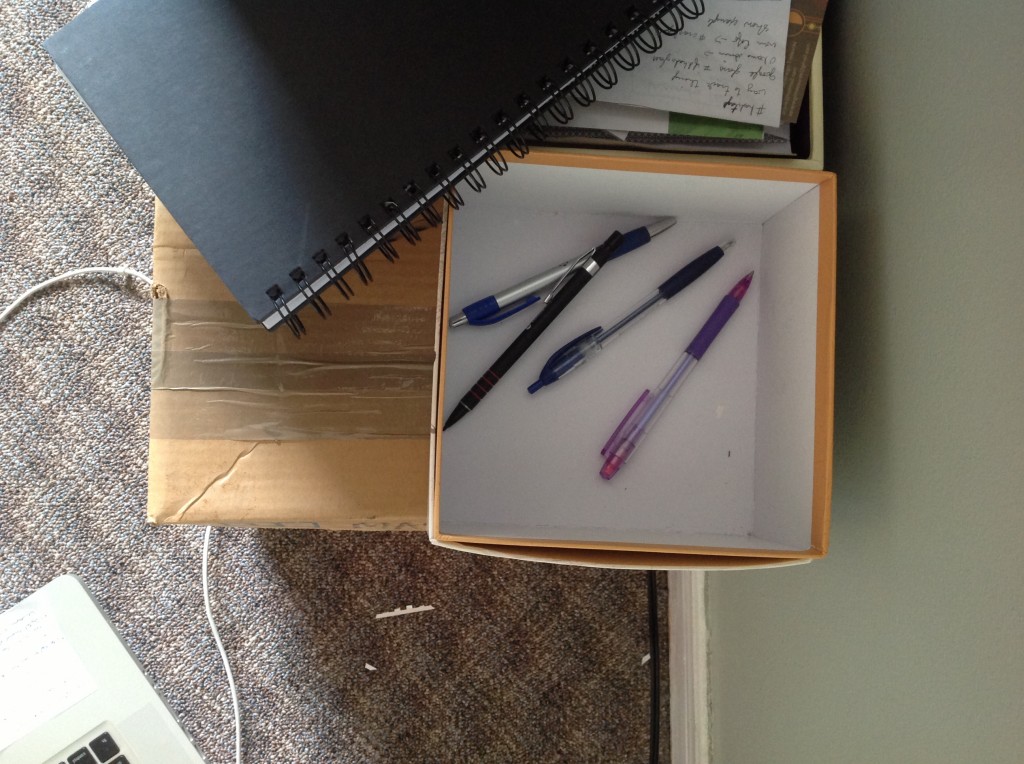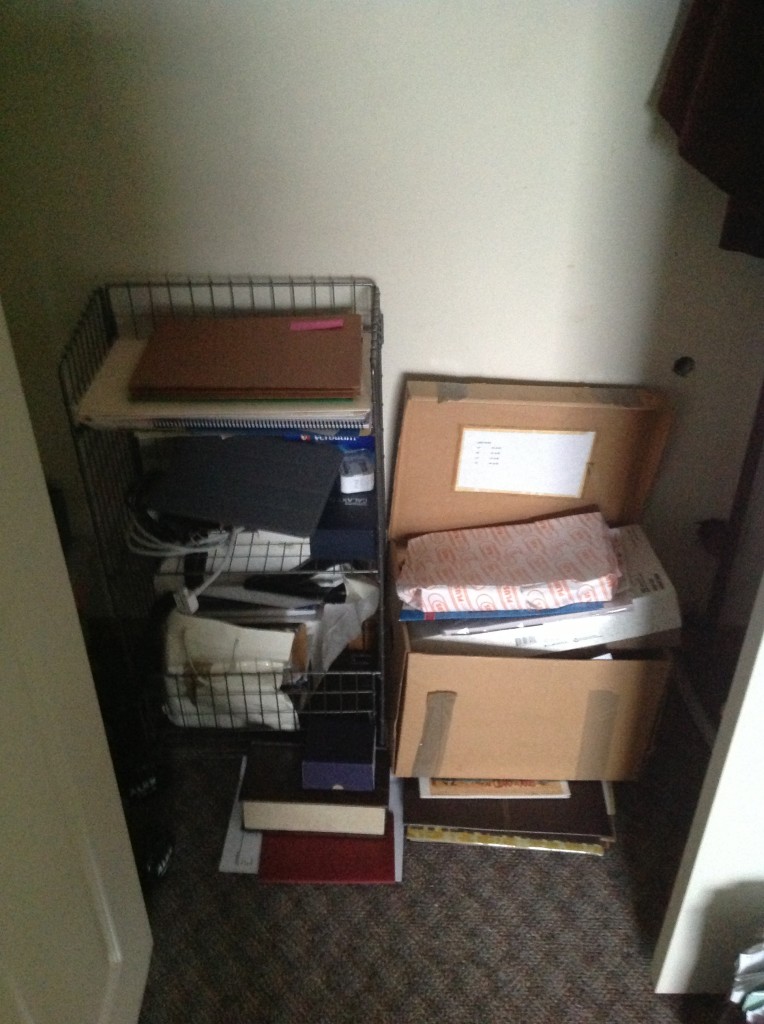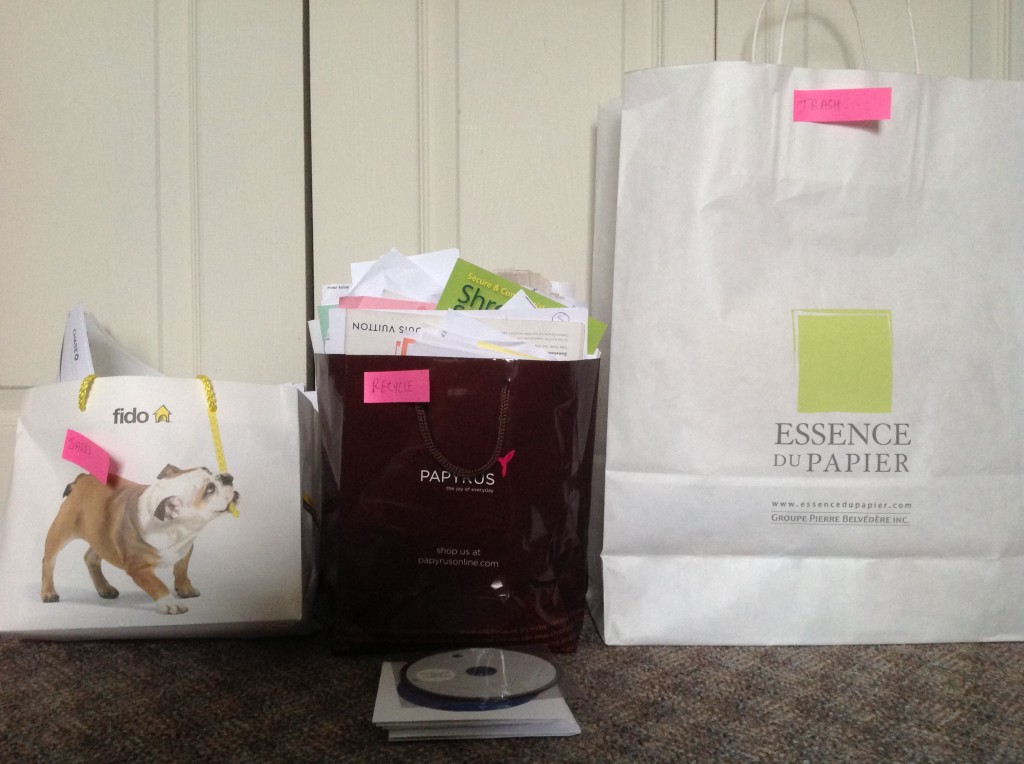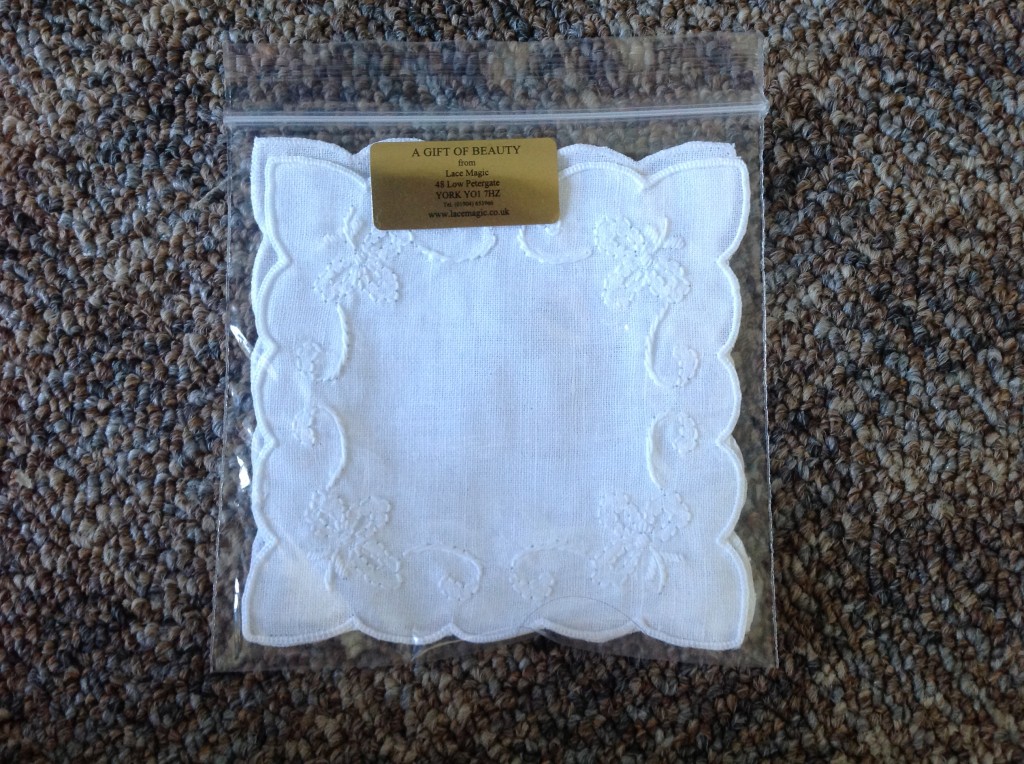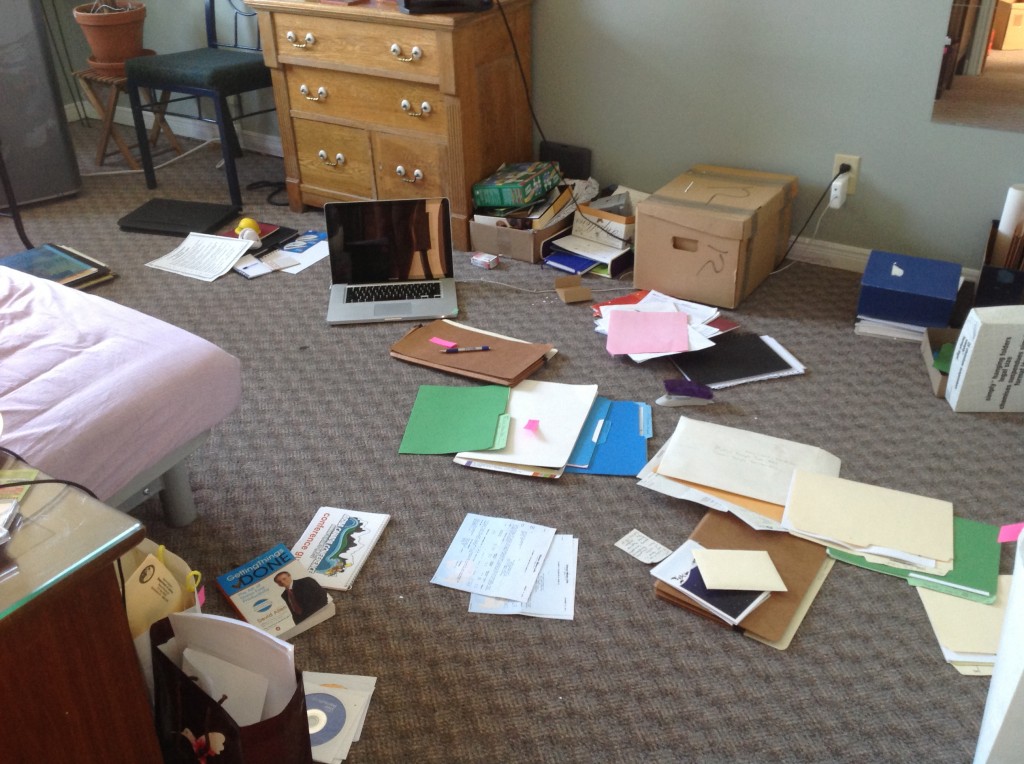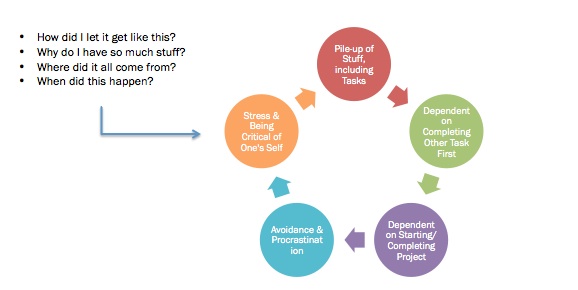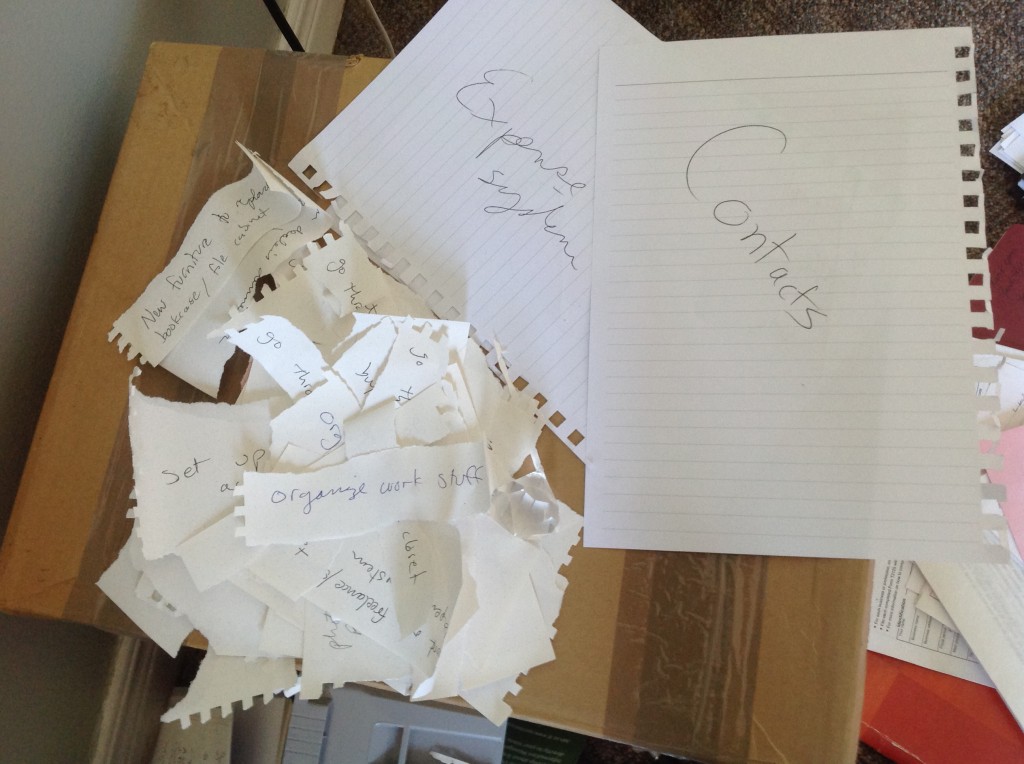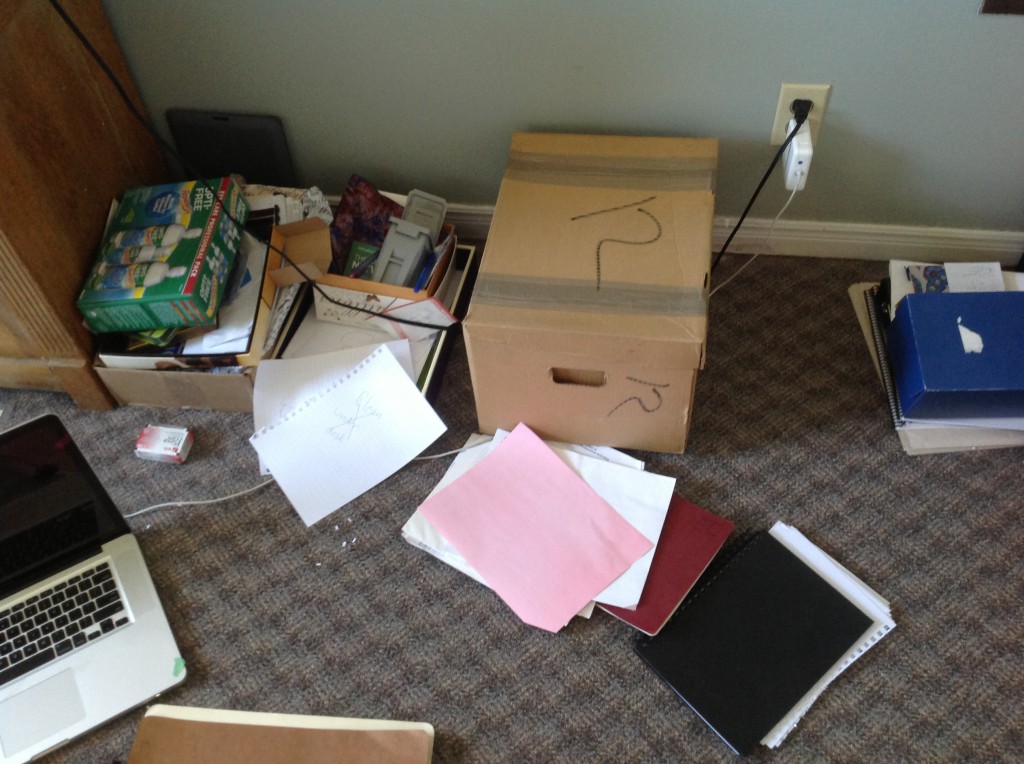The trick to maintenance is doing it, but in a way that feels manageable to your workload, effort, and unique style of working. This led me to the creation of Tips 4 & 5.
Tip #4: Be kind to yourself. I like to focus my attention on all the things I am accomplishing rather than chastising myself for all the tasks still outstanding on my spreadsheet. It helps me feel motivated to attack those less desirable, but mandatory tasks.
Tip #5: Work slowly and steadily to get things done. Create new habits for yourself. Here are some of my new and pre-existing habits that work well for me to stay organized.
- Always have a secure place to record anything that needs to be done, no matter where you are. In my house I have an easily accessible, yet discrete in-box with post-its nearby and a pen. On my smartphone I maintain a note called GTD for jotting things down when I’m on the go.
- The weekly review. David Allen stresses the importance of the weekly review and I couldn’t agree more. Years ago, even before I read the GTD book, I got into the habit of writing a “to-do” list at work every Friday afternoon for the following week. I liked it because it gave me a starting point for Monday, it was a chance for me to evaluate and reprioritize my workload, and it meant I didn’t have to spend all weekend thinking about what I needed to do next week. Now I’ve expanded the weekly review to include my personal life as well and I find it really keeps me on track. This is also an opportunity to review and integrate all those post-its and notes.
- Break large, intimidating projects into small, manageable steps that can be accomplished, i.e. the starting point that keeps you moving forward.
- Prioritize and perform tasks in relation to short-term and long-term goals.
- I’m allowed to work on whatever I want, provided there are no pressing deadlines, as long as I’m being productive or knocking something off my list.
Other key factors for ensuring I maintain my system include having access to my spreadsheet no matter where I am. For the moment I have my spreadsheet in my Dropbox account, which is linked to my laptop, tablet, and smartphone so that I can always see what I have to do at any given time.
I hope you enjoyed reading the series. Feel free to download a “Projects and Actions Template” and “5 Simple Tips for Getting Organized” at Smart Info Management.

